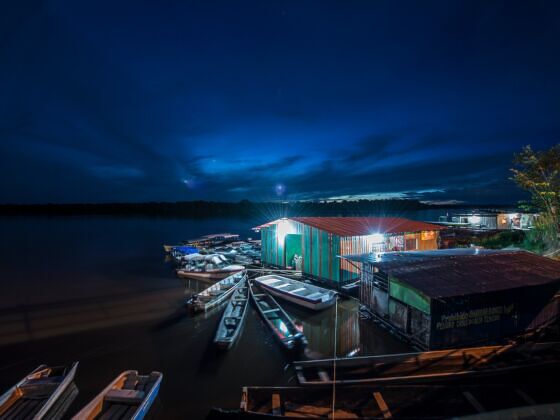SAUL HANDS US the fermented sugarcane drink guarapo, waves at me making clear his desire not to be photographed, then sits back at his roost, a farmer’s shack in the southern Amazonian Colombian department of Guaviare some 400km from Bogota.
“Sometimes we see the army come through, they keep to the road and don’t meddle in our affairs,” he says, maintaining his gaze over the untended plantations and new yucca growths. “The guerrilla mainly pass at nighttime with their faces painted and don’t want to be seen.”
